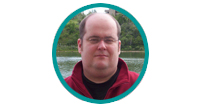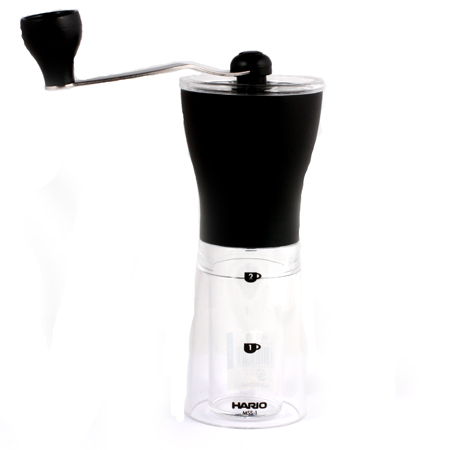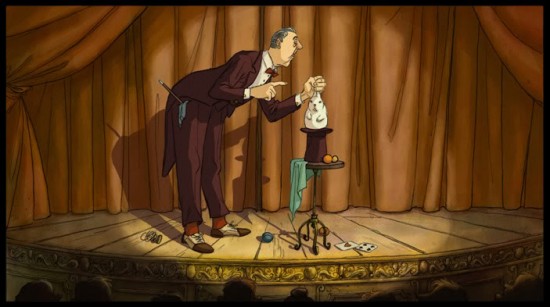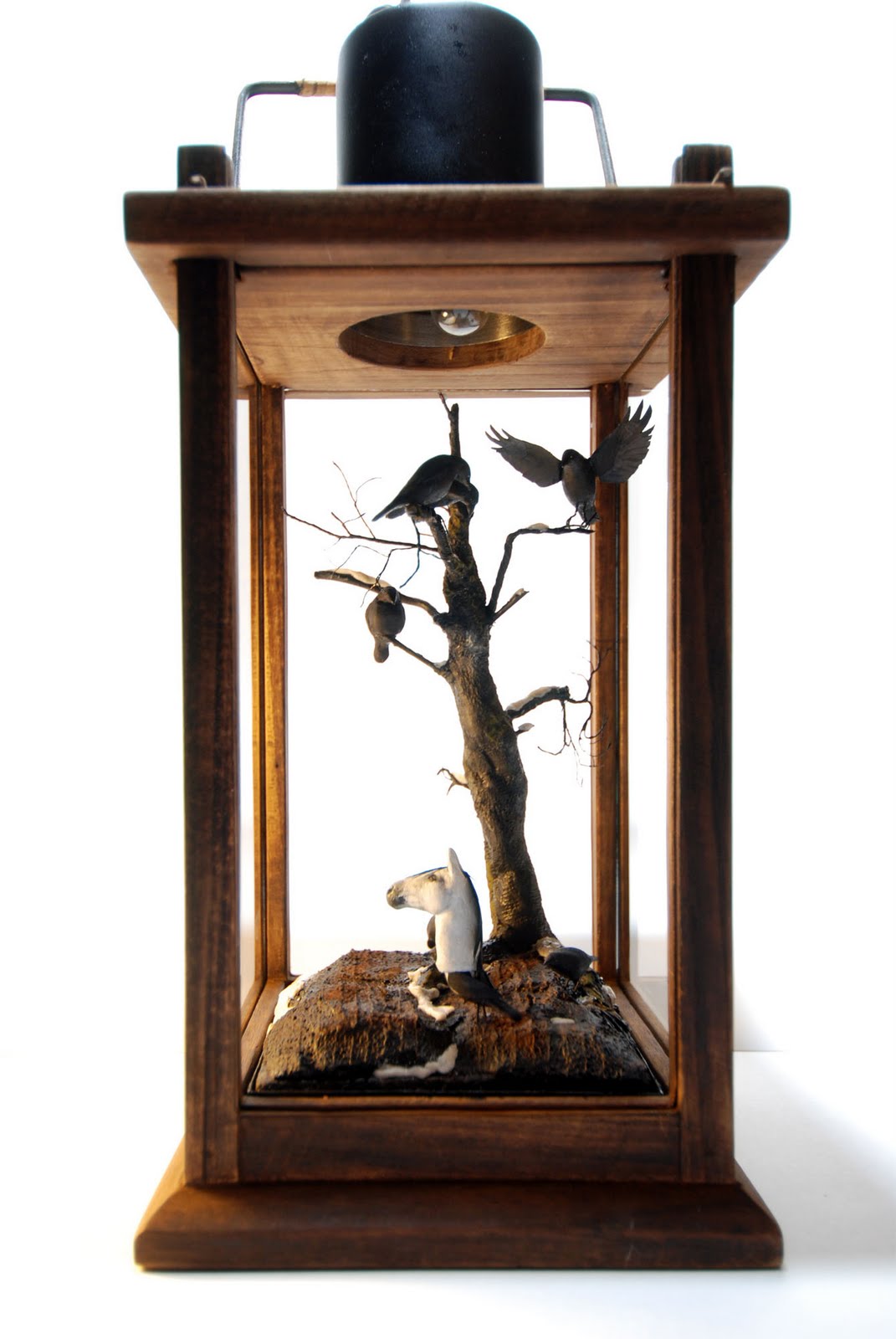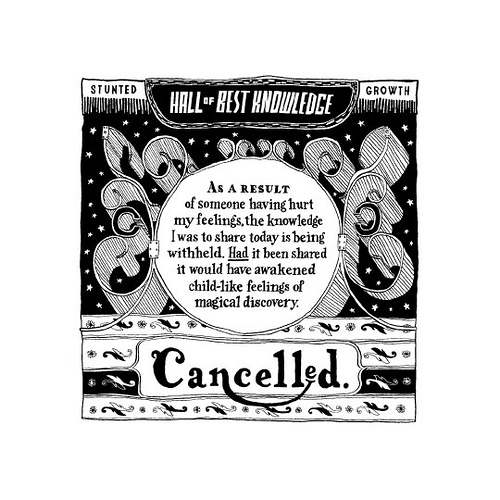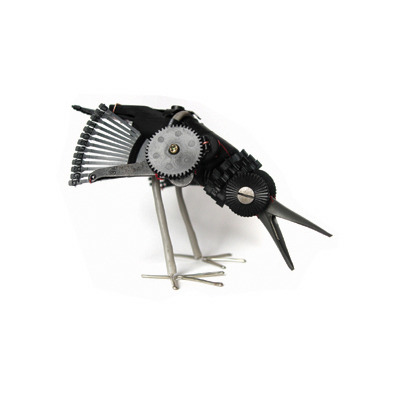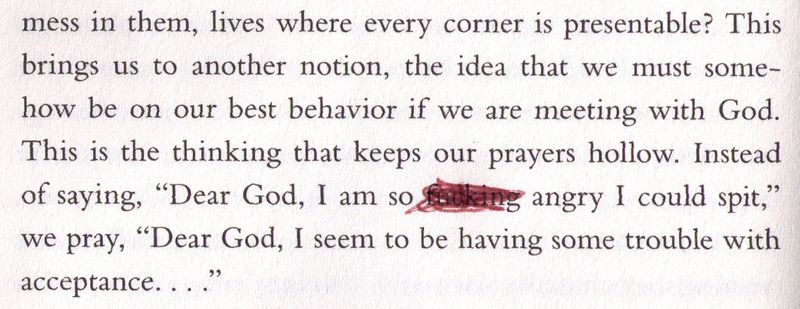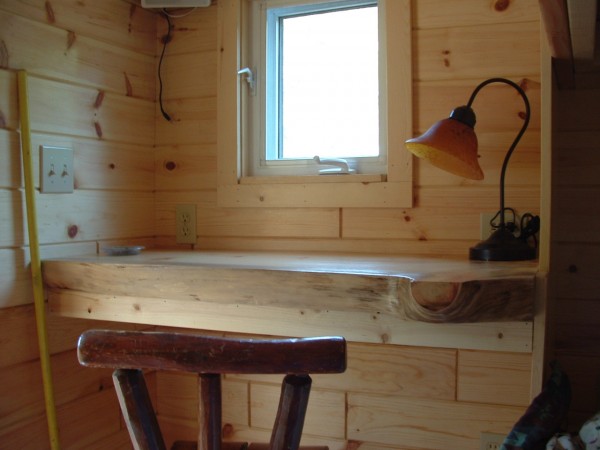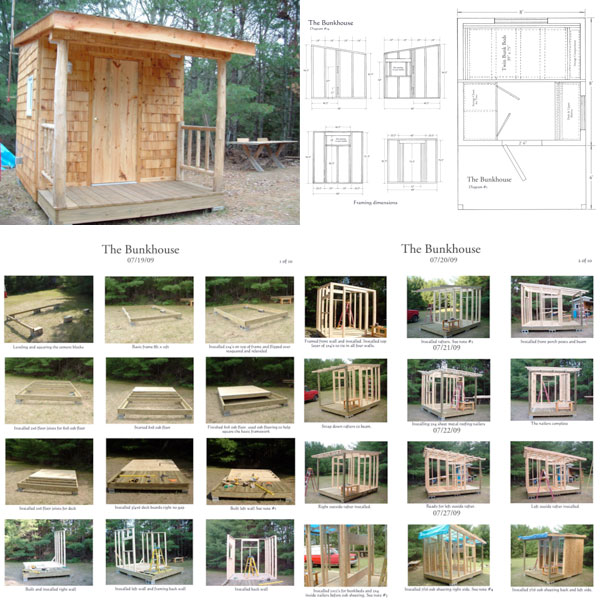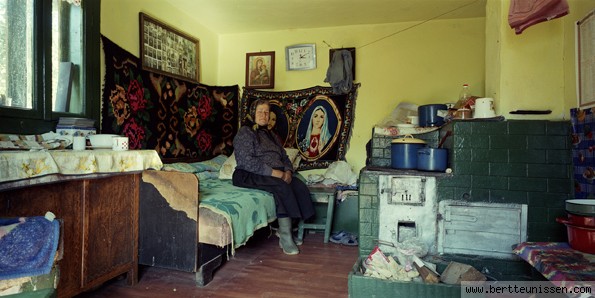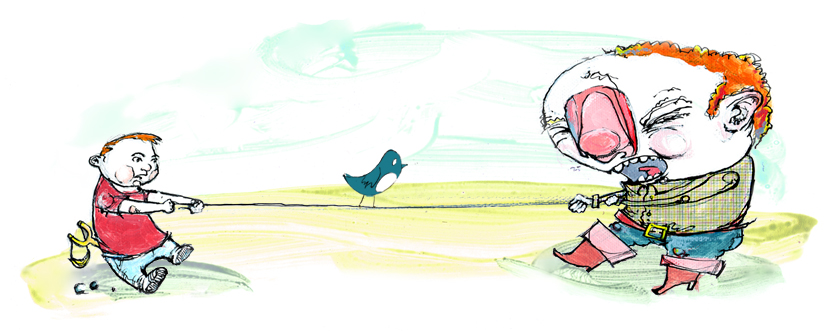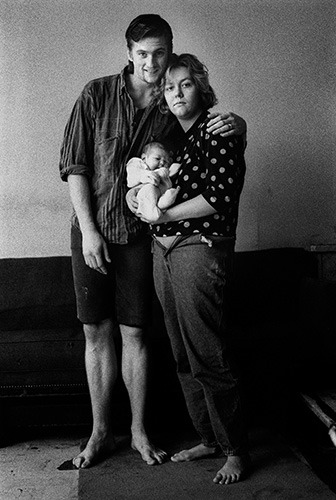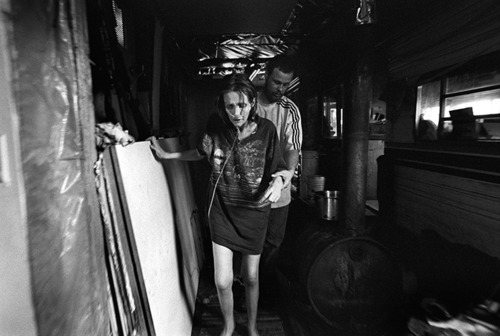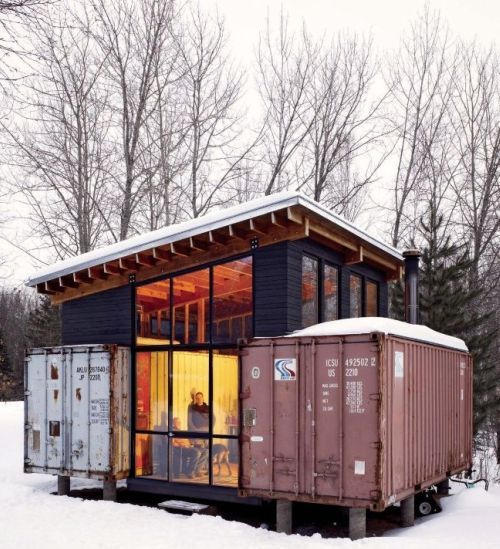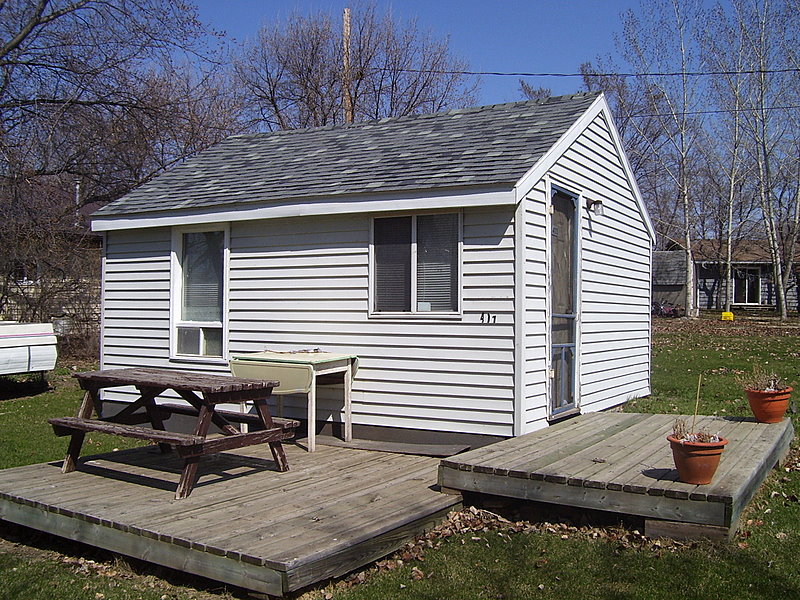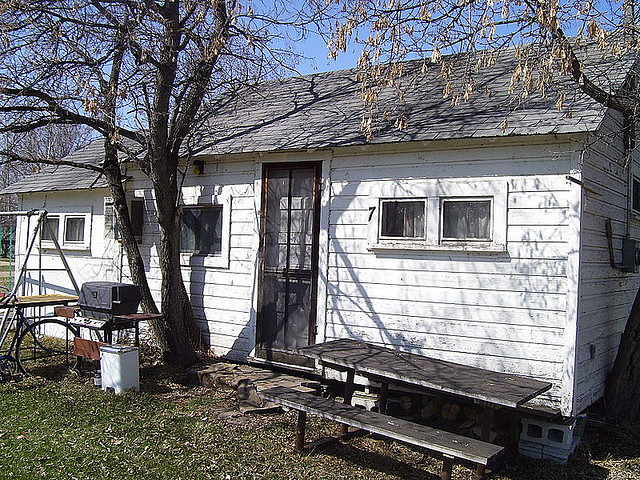Today the NFL and the NFL Players Union are fighting a media war over who is the greediest. Like all professional sports labor disputes, it's billionaires fighting with multi-millionaires over who gets a bigger percentage of the billions. There are speeches, insults, unfair labour complaints and even banned commercials (don't click on any of those links, they bore even a hardcore football fan) and for some reason it dominates the media. As does the Grammy's, Justin Bieber's $750 haircut, Charlie Sheen's porn family, and whatever it is the Kardashian's are doing in Manhattan.
Around here, I have been reading about more of those evil birds that show up here daily, looking for some cool examples of micro architecture and what I am going to give Wendy for Valentines Day (a loose leaf tumbler - not sure how it works but Wendy seems to like it).
Meanwhile in Tunisia, Algeria, Egypt, and even in Saskatoon, people are are struggling to find food. In 2008 record high food prices started riots and unrest in over 30 countries. This year prices went higher and people hit the streets. While the media was attributing it to Wikileaks, a passion for democracy, or because of a dictator, we forgot that people all over the world can't afford to eat or if they can, they can't find food to buy.
I take food for granted. How can I not, I live in Saskatchewan. Wendy works for the same Safeway I worked at seven years ago. The shelter I work in has a fully stocked commercial kitchen. Our kitchen manager, Ryan, is a gourmet cook and you never know what masterpiece he will cook up. Several times I have made rushed phone calls to Wendy to tell her to come down just to taste the awesomeness that Ryan has created. Wholesalers come by with samples and by virtue of harassing them when they come in and having my office next to Ryan, samples and trade show invites often make their way into my office. The cooks are friendly and while the occasional knife has been thrown at me after some wisecrack (one stuck in my arm) and a Big Mac was once beaten to death, they let me grab a snack whenever I can get away with it.
It's enough to make me forget that since food and fuel prices have surged in 2008, our meals served have grown from 40,000 meals served in 2007 to over 100,000 meals served in 2010. It's not just us. The Saskatoon Friendship Inn, a local soup kitchen has started a capital campaign to double the space they have to serve and prepare the food. A report card put out by Canadian food banks showed March 2010 had the highest usage ever with food banks in Canada seeing an increase of 20% since 2009. At our shelter, each day we put out three large tubs of almost stale bread that is donated to us from a Co-Op and Safeway and each day when I go home it is gone. The bread walks out one or two loafs at a time carried by the countless streams of people who come in with the same question, "Can I please have a loaf of bread?".
As I consume media, food, and items that are considered luxury everywhere else in the world except for the west, it's easy to forget that over half of the world lives on under $2 a day. They aren't worried about which DSLR to purchase or if they should switch from PC to a Mac, they are worried about making it through today on less then $2 a day.
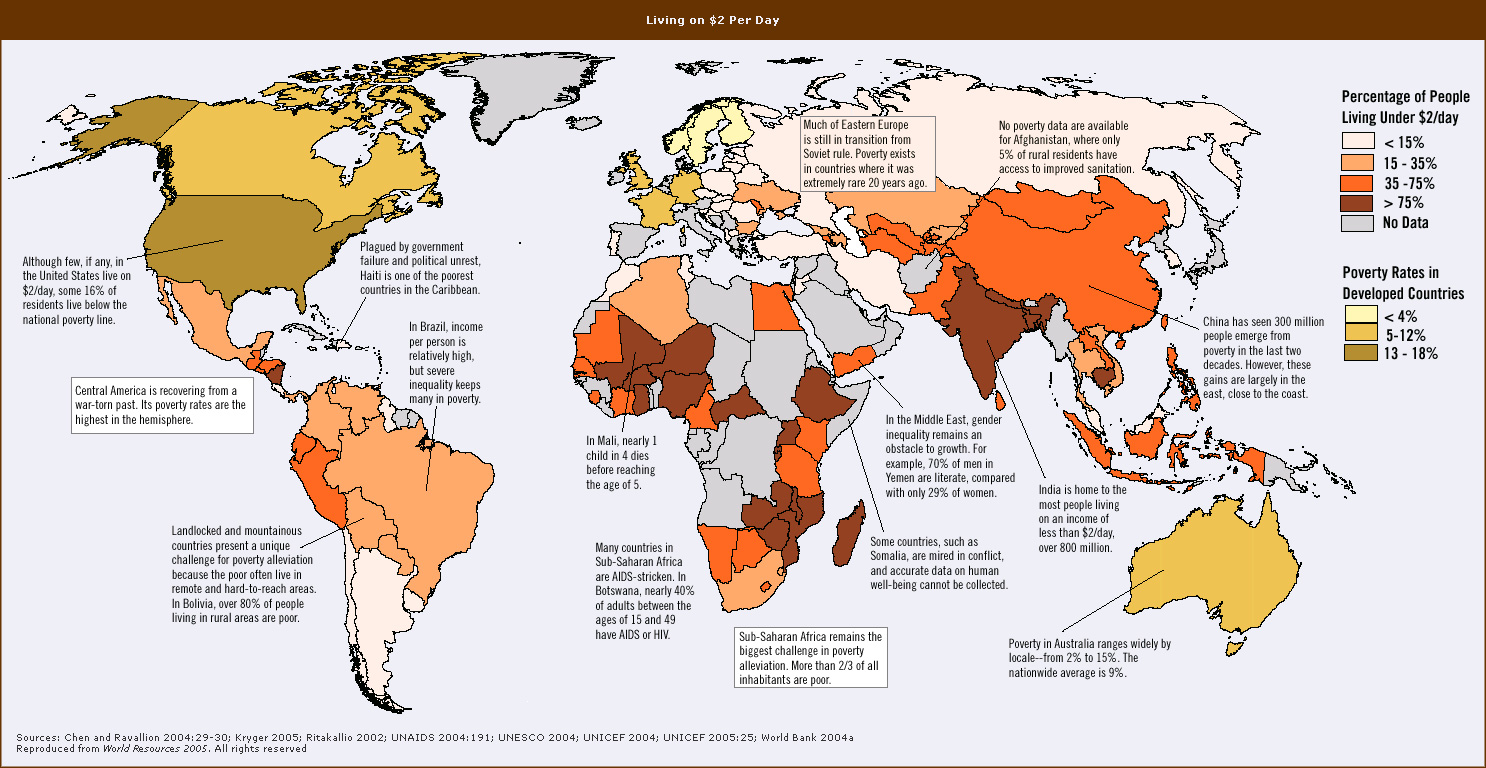
That includes 97 percent in Uganda, 80 percent in Nicaragua, 66 percent in Pakistan, and 47 percent in China, according to data from the World Bank. What makes this problem even more complex is that we are reaching the point where more people are raised out of poverty and more of the world strives after the standards of living that the west enjoys, the more resources they consume. What we are are slowly understanding is that there may not be enough resources to go around for all of us to live like this. Heck, there isn't even enough grain to keep the world fed right now.
While there are some signs that this was a one off thing (Ten million acres of Saskatchewan crops lost to flooding last spring and is likely to lose a lot of acres this upcoming year) while China's food imports are surging:
China’s wheat harvest may drop by 4 million tons this year, Alex Bos, a London-based analyst at Macquarie Group Ltd., said last week. Output may have fallen to 114.5 million tons at the last harvest, from 115.1 million tons a year ago, according to the U.S. Department of Agriculture.
Demand also may be boosting prices. Egypt agreed to buy 170,000 tons of Australian, U.S. and Canadian soft wheat in a tender, General Authority for Supply Commodities Vice Chairman Nomani Nomani said Feb. 11.
It doesn't look like a short term trend.
China is on the brink of a "new era" of corn importing which will see its intake surge from, effectively, zero to 15m tonnes within five years, a leading analyst has said.
The world's second-ranked consumer of the grain, whose return to imports in the spring sent Chicago prices soaring, has "gotten to the turning point" where it will regularly buy abroad, Hanver Li, the chairman and chief executive of Shanghai JC Intelligence, said.
Imports will grow from 1.7m tonnes this year to 5.8m tonnes next year, and to 15m tonnes in 2014-15.
It's an incredibly complex problem that involves economics, politics, unethical agricultural and foreign aid policies, and a culture of corruption in many countries who desperatly need honest brokers. Whenever I get frustrated I loan out some money via Kiva. Is that making a difference or does it help someone consume even more, making the problems worse for their neighbors? I am trying to consume less and use locally grown food and goods but the One Tonne Challenge taught Canadians one things, personal virtue may be a good thing but it's hard to bring about real change.
Whatever the solution is going to be, the events of the last month have made me re-evaluate many things in my life that I have never thought that much about.
 Monday, March 7, 2011 at 8:11AM
Monday, March 7, 2011 at 8:11AM 






